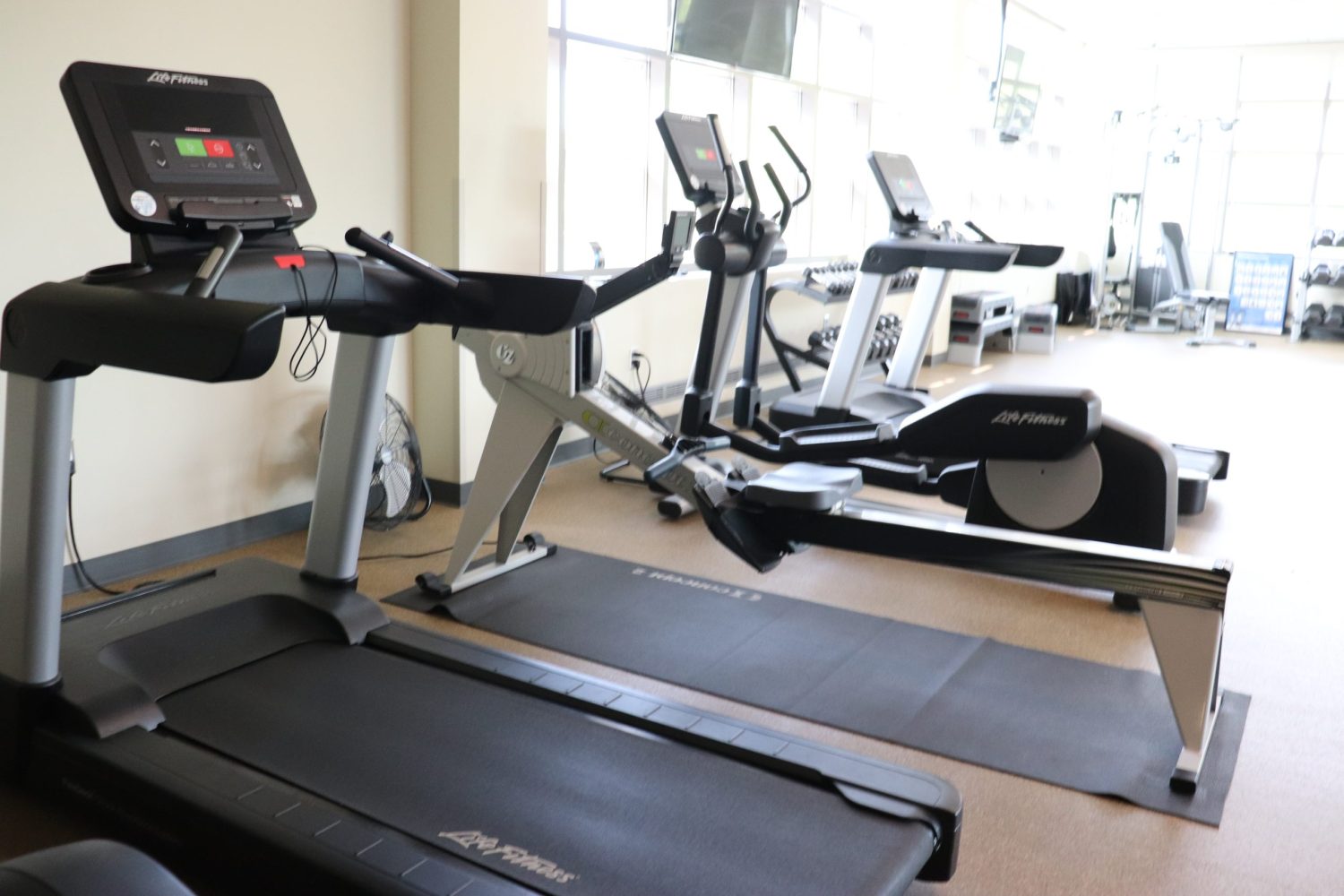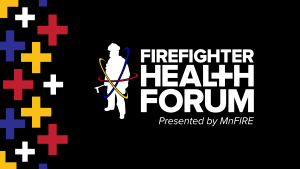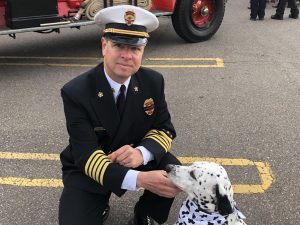Contributed by Nicholas E. Blonien, D.O.
What if you were told there is a drug that prevents cancer, cardiovascular disease, and mental illness? Not only is the drug free, but it also has zero negative side effects, is nearly impossible to overdose on and offers seemingly endless additional health benefits. Would you take it?
That “drug” exists, though not in pill form. Exercise is medicine, and the potent tool we have for fighting off chronic disease and improving overall wellness. Some is better than none, and more is generally better.
Consistent exercise decreases inflammation, improves immune function, inhibits abnormal cell growth, enhances clearance of dysfunctional cells and improves metabolic health. This has a favorable impact on warding off cancer and cardiovascular disease. Exercise can also be effective in helping prevent, manage and treat behavioral health conditions like anxiety and depression.
For firefighters, this is especially important. Firefighters are at increased risk for cardiovascular disease, some cancers and mental illness, given their routine exposure to hazardous environments, circadian rhythm disruption, sleep insufficiency and psychosocial trauma.
Low-intensity exercise
Even low-intensity exercise can be beneficial to the goal of improved wellness. Lower-intensity aerobic exercise improves mitochondrial function. Mitochondria are the power plants of cells, using fuel (carbohydrates, fat, etc.) and oxygen to generate energy. The healthier and more numerous your mitochondria, the more efficiently you can burn fuel (fat stores, dietary intake) and avoid the metabolic dysfunction that leads to diabetes, fatty liver and other chronic diseases.
This low-intensity exercise is commonly referred to as Zone 2 exercise. If you’re exercising at Zone 2 intensity, you can likely carry on a conversation without too much difficulty but will need to take a breath every sentence or so. Another method for guiding Zone 2 intensity is subtracting your age in years from 180. Your heart rate during Zone 2 exercise should hover slightly below this number. Experts recommend at least three hours of Zone 2 exercise weekly for optimal health, and at least 45 minutes per session, but any amount is better than none. Examples include a slow-pace jog, a leisurely bike ride or a brisk walk either uphill or while carrying some extra weight (rucking).
High-intensity exercise
Higher-intensity aerobic exercise offers similar benefits to lower-intensity exercise, but also induces cardiovascular adaptations that make your circulatory system more resistant to diseases like high blood pressure. It increases your exertional capacity and improves your ability to utilize oxygen for physical activity, something proven to have strong correlation with living healthier for longer (“health-span”). Recent research has suggested that high-intensity interval training (HIIT) might offer similar benefits to lower-intensity exercise, but require less time with less monotony.
Put them together
Endurance athletes often follow “polarized” training programs, where they spend about 80% of their exercise time performing lower intensity (Zone 2) exercise, and the other 20% focused on higher intensity exercise that approaches maximal aerobic output. Firefighters don’t need to train like world-class endurance athletes. The take-home point here is when it comes to aerobic exercise, firefighters should:
- Get a lot of it.
- Aim for getting a few hours of lower intensity exercise in per week.
- Toss in higher-intensity cardio 1-2 times per week.
Resistance training
But it’s not all about cardio. Resistance exercise builds strength and helps prevent injury – both of which are incredibly important for all firefighters, whether full-time, part-time or volunteer. Up-tempo full-body weight training several times per week may be a useful strategy for building both muscle and aerobic capacity simultaneously. Peripheral Heart Action (PHA) training is a style of exercise that has shown some promise here. The military has recommended PHA training for special operators and combat fighter pilots, but it could be useful for anyone looking to improve fitness. When it comes to resistance exercise:
- Aim to train muscle groups 2-3 times per week.
- Remember that in general, muscles need at least 48 hours to recover from resistance exercise.
- Up-tempo whole-body resistance exercise (like PHA training) may be an efficient way to get both strength and cardio benefits.
Mental health benefits
Consistent exercise, whether it’s low-intensity, high-intensity or resistance training, can also promote mental wellness. Some research has demonstrated exercise can be just as effective as medication in the management of anxiety and depression.
Exercise is medicine, and one of the six pillars of a healthy lifestyle according to the American College of Lifestyle Medicine. Move daily and often at low-moderate intensity, and with vigor a few times per week. In the fire service, this is perhaps the most powerful tool for preventing the chronic health conditions that burden this community.
Learn more about functional fitness for firefighters in MnFIRE’s fitness & nutrition training. Sign up your department for this free class here.








